Study on Calculation Method of Bending Performance of Concrete Sandwich Composite Slab
Abstract
:1. Introduction
2. Concrete Sandwich Panel Calculation Model
2.1. Calculation Assumptions
- (1)
- The layer of the sandwich panel is uniform in material and continuous in the plane, considered as an ideal elastic body;
- (2)
- Under loading, the flexural deformation of the sandwich panel is much smaller compared to the thickness, assuming the displacement and deformation of the sandwich panel are small;
- (3)
- During bending deformation, the sandwich panel does not undergo in-plane deformation, and the mid-surface normal remains straight before and after deformation;
- (4)
- During bending deformation, there is no compressive stress or deformation in each layer of the sandwich panel, σz = 0, εz = 0;
- (5)
- The material of the core layer is soft and has low stiffness. The stress components of the core layer in the XOY plane are neglected, and does not bear internal forces in the structure, σx = σy = τxy = 0.
2.2. Sandwich Panel Element Analysis
2.2.1. Geometric Conditions
2.2.2. Physical Conditions
- (1)
- Core Layer
- (2)
- Concrete Panel Layer
2.2.3. Equilibrium Conditions
3. Concentrated Support Boundary Conditions
3.1. Internal Force Boundary
3.2. Displacement Boundary
4. Engineering Example
5. Results Analysis and Discussion
5.1. Verification of Calculation Methods
5.1.1. Stress Analysis
5.1.2. Displacement Analysis
5.2. Deformation Pattern of Sandwich Panels
5.3. Bending Moment Analysis of Sandwich Panels
6. Conclusions
- (1)
- When establishing the theoretical model of a concrete sandwich panel, it is necessary to consider the difference in concrete panel thickness and the mechanical properties of each layer of materials. The concrete wythe layer typically has a larger thickness and a higher elastic modulus, while the core layer is softer in texture with a lower elastic modulus. The significant differences in the mechanical properties between the surface layer and the core layer result in weak interactions at the interface, with the core layer bearing minimal structural internal forces. The bending normal stress in the concrete panel is unevenly distributed along the thickness direction, requiring a layered discussion when constructing the calculation model for sandwich plates.
- (2)
- The optimal support positions for the four-point supported concrete sandwich panel is at support end distance 0.2l to 0.25l. When the distance between the concentrated hinged support points increases, the vertical deflection at the characteristic points of the concrete sandwich panel shows a consistent decrease or a trend of initial decrease followed by an increase, while the bending moment internal forces at the characteristic sections exhibit increasing or decreasing patterns, respectively. In the range of support end distances from c = 1600 mm to 2000 mm, the overall vertical deflection and bending moment internal forces of the concrete sandwich panel are relatively small, with a uniform stiffness distribution and high load transfer efficiency.
- (3)
- The concrete sandwich panel calculation method established in this paper is simple and the results are accurate. The stress distribution obtained from this calculation method along the thickness direction of the panel is in basic agreement with the finite element calculation results, with a simpler stress distribution pattern. Additionally, the vertical displacement calculation results from this method compared to the finite element analysis show minimal differences, with errors only occurring in the localized support regions due to the neglect of compressive and shear deformations in the core layer. These errors are confined to a small region of the sandwich panel area. However, it is important to note that the application premise of this calculation method is that there are reliable connections between the concrete panels to ensure that they are jointly subjected to loads.
Author Contributions
Funding
Institutional Review Board Statement
Informed Consent Statement
Data Availability Statement
Conflicts of Interest
References
- Xiong, F.; Bian, Y.; Liu, Y.; Ran, M.M.; Ge, Q. Review on structural performance of precast concrete sandwich insulation wall panels study. Build. Struct. 2022, 52, 27–34. (In Chinese) [Google Scholar]
- Wu, X.S.; Li, J.J.; Wang, P.S.; Zong, B. Review of research and application of precast concrete sandwich panels. Build. Struct. 2021, 51, 1197–1202. (In Chinese) [Google Scholar]
- Benayoune, A.; Samad, A.A.A.; Abang Ali, A.A.; Trikha, D.N. Response of pre-cast reinforced composite sandwich panels to axial loading. Constr. Build. Mater. 2007, 21, 677–685. [Google Scholar] [CrossRef]
- Wang, P.S.; Zong, B.; Yun, Y.C.; Li, J.J.; Zhou, Y. Full-scale shaking table test study of low-rise double-faced superimposed sandwich insulation shear wall structure. Build. Struct. 2022, 52, 7–13, 125. (In Chinese) [Google Scholar]
- Gara, F.; Ragni, L.; Roia, D.; Dezi, L. Experimental tests and numerical modelling of wall sandwich panels. Eng. Struct. 2012, 37, 193–204. [Google Scholar] [CrossRef]
- Cheng, M.L.; Guo, S.H.; Huo, Z.P. Numerical simulation study on mechanical bearing behavior of arch steel–concrete composite sandwich roof. Buildings 2024, 14, 218. [Google Scholar] [CrossRef]
- Liu, C.H.; Jiang, Q.; Chong, X.; Wan, H.Y.; Zhu, H.F.; Li, H.R.; Wang, L.P.; Hao, Z.L. Experimental study on flexural behavior of precast concrete sandwich facade panels with BFRP connectors. Eng. Mech. 2017, 34, 111–115. (In Chinese) [Google Scholar]
- Kumar, S.; Chen, B.; Xu, Y.; Dai, J.G. Axial-flexural behavior of FRP grid-reinforced geopolymer concrete sandwich wall panels enabled with FRP connectors. J. Build. Eng. 2022, 47, 103907. [Google Scholar] [CrossRef]
- Zheng, C.Y.; Xiong, F.; Liu, Y.; Yu, M.J. Study on the flexural behavior of precast concrete multi-ribbed sandwich slabs under different boundary conditions. Eng. Struct. 2023, 291, 116342. [Google Scholar] [CrossRef]
- Zhao, K.Z.; Liu, M.X.; Huang, L.P. Experimental investigation of seismic performance on concrete sandwich composite plate. Build. Struct. 2023, 53, 47–52. (In Chinese) [Google Scholar]
- Hou, H.T.; Ji, K.F.; Wang, W.H.; Qu, B.; Fang, M.J.; Qiu, C.X. Flexural behavior of precast insulated sandwich wall panels: Full-scale tests and design implications. Eng. Struct. 2019, 180, 750–761. [Google Scholar] [CrossRef]
- Xu, N.; Liu, C.; Yang, L.; Yang, H.L.; Feng, A.S.; Chen, K. Research on the inclination angle of the web member for sandwich plate truss connector. Build. Struct. 2022, 52, 1159–1164. (In Chinese) [Google Scholar]
- Huang, Q.; Hamed, E. Nonlinear finite element analysis of composite precast concrete sandwich panels made with diagonal FRP bar connectors. Compos. Struct. 2019, 212, 304–316. [Google Scholar] [CrossRef]
- Kim, J.; You, Y.C. Composite behavior of a novel insulated concrete sandwich wall panel reinforced with GFRP shear grids: Effects of insulation types. Materials 2015, 8, 899–913. [Google Scholar] [CrossRef] [PubMed]
- Xun, Y.; Zhu, P.; Tian, G.W. Experimental study on shear behavior of sandwich panels with TRC space fabric. Concrete 2017, 333, 122–125. (In Chinese) [Google Scholar]
- Yang, T.; Zhu, D.J.; Guo, S.C.; Zillur Rahman, M.; Chen, C. Flexural behaviors of sandwich panels with AR-glass textile reinforced concrete under low-velocity impact. J. Build. Eng. 2023, 69, 106238. [Google Scholar] [CrossRef]
- Fu, R.X. Mechanical Properties of New Type Lightweight Composite Roof Sandwich Panels. Master’s Thesis, Harbin Engineering University, Harbin, China, 2017. (In Chinese). [Google Scholar]
- Joseph, J.D.R.; Prabakar, J.; Alagusundaramoorthy, P. Precast concrete sandwich one-way slabs under flexural loading. Eng. Struct. 2017, 138, 447–457. [Google Scholar] [CrossRef]
- Lameiras, R.; Barros Joaquin, A.O.; Valente Isabel, B.; Poletti, E.; Azevedo, M.; Azenha, M. Seismic behaviour of precast sandwich wall panels of steel fibre reinforced concrete layers and fibre reinforced polymer connectors. Eng. Struct. 2021, 237, 112149. [Google Scholar] [CrossRef]
- Xie, J.H.; Chen, F.M.; Zhao, J.B.; Lu, P.; Liu, F.; Li, L.J. Flexural behaviour of full-scale precast recycled concrete sandwich panels with BFRP connectors. J. Build. Eng. 2022, 56, 104816. [Google Scholar] [CrossRef]
- Li, Y.B.; Du, Y.Y.; Men, D.H. Analysis on bending performance of concrete sandwich panels. Build. Struct. 2015, 45, 91–95. (In Chinese) [Google Scholar]
- Mugahed Amran, Y.H.; Rashid Raizal, S.M.; Azizi Safiee, F.H.N.; Abang Ali, A.A. Response of precast foamed concrete sandwich panels to flexural loading. J. Build. Eng. 2016, 7, 143–158. [Google Scholar] [CrossRef]
- Umer, R.; Waggy, E.M.; Haq, M.; Loos, A.C. Experimental and numerical characterizations of flexural behavior of VARTM-infused composite sandwich structures. J. Reinf. Plast. Comp. 2011, 31, 67–76. [Google Scholar] [CrossRef]
- Zhou, Z.W.; Chen, M.X.; Xing, Y.P.; Jia, W.C.; Dong, W.K.; Xie, K. Experimental and mixed analytical-numerical studies for free and forced vibrations of Z-reinforced sandwich plates stiffened by steel ribs. Compos. Struct. 2021, 272, 114221. [Google Scholar] [CrossRef]
- Ding, R.; Sun, Y.T.; Fan, J.S.; Chen, D.Q. Experimental and theoretical study on flexural behaviour of a new UHPC sandwich slab. Eng. Struct. 2022, 267, 114673. [Google Scholar] [CrossRef]
- Zhang, F.B.; Liu, W.Q.; Ling, Z.B.; Fang, H.; Jin, D.D. Mechanical performance of GFRP-profiled steel sheeting composite sandwich beams in four-point bending. Compos. Struct. 2018, 206, 921–932. [Google Scholar] [CrossRef]
- Plate and shell group of solid mechanics research room of Beijing institute of mechanics of chines academy of sciences. In Bending Stability and Vibration of Sandwich Plates and Shells; Science Press: Beijing, China, 1977; pp. 1–4.
- Richard, O.; Kinnane, O. Review of precast concrete sandwich panels and their innovations. Constr. Build. Mater. 2020, 233, 117145. [Google Scholar]
- PCI Industry Handbook Committee. PCI Design Handbook: Precast and Prestressed, 7th ed.; PCI Industry Handbook Committee: Chicago, IL, USA, 2010. [Google Scholar]
- JGJ/T 458-2018; Technical Specification for Precast Concrete External Wall Panel Engineering. China Building Industry Press: Beijing, China, 2018. (In Chinese)
- Djama, K.; Michel, L.; Ferrier, E.; Gabor, A. Numerical modelling of a truss core sandwich panel: Influence of the connectors’ geometry and mechanical parameters on the mechanical response. Compos. Struct. 2020, 245, 112335. [Google Scholar] [CrossRef]
- Hamed, E. Modeling, analysis, and behavior of load-carrying precast concrete sandwich panels. J. Struct. Eng. 2016, 142, 04016036. [Google Scholar] [CrossRef]
- Choi, I.; Kim, J.; Kim, D.W.; Park, J.S. Effects of grid-type shear connector arrangements used for insulated concrete sandwich wall panels with a low aspect ratio. J. Struct. Eng. 2022, 46, 103754. [Google Scholar] [CrossRef]
- Liang, J.G.; Lei, L.Z.; Wang, J.B.; Li, C.R.; Liu, Y.X. Mechanical behavior of partially concrete sandwich panels under temperature action. J. Civ. Envir. Eng. 2023, 45, 173–181. (In Chinese) [Google Scholar]
- Bu, G.P.; Cheng, M.L.; Wang, H.Q.; Xi, Y.Y.; Li, D.W. Study on mechanical performance of prefabricated concrete sandwich arch roof during construction. New Build. Mater. 2022, 11, 111–116. (In Chinese) [Google Scholar]
- GB 50009-2012; Load Code for the Design of Building Structures. China Building Industry Press: Beijing, China, 2012. (In Chinese)
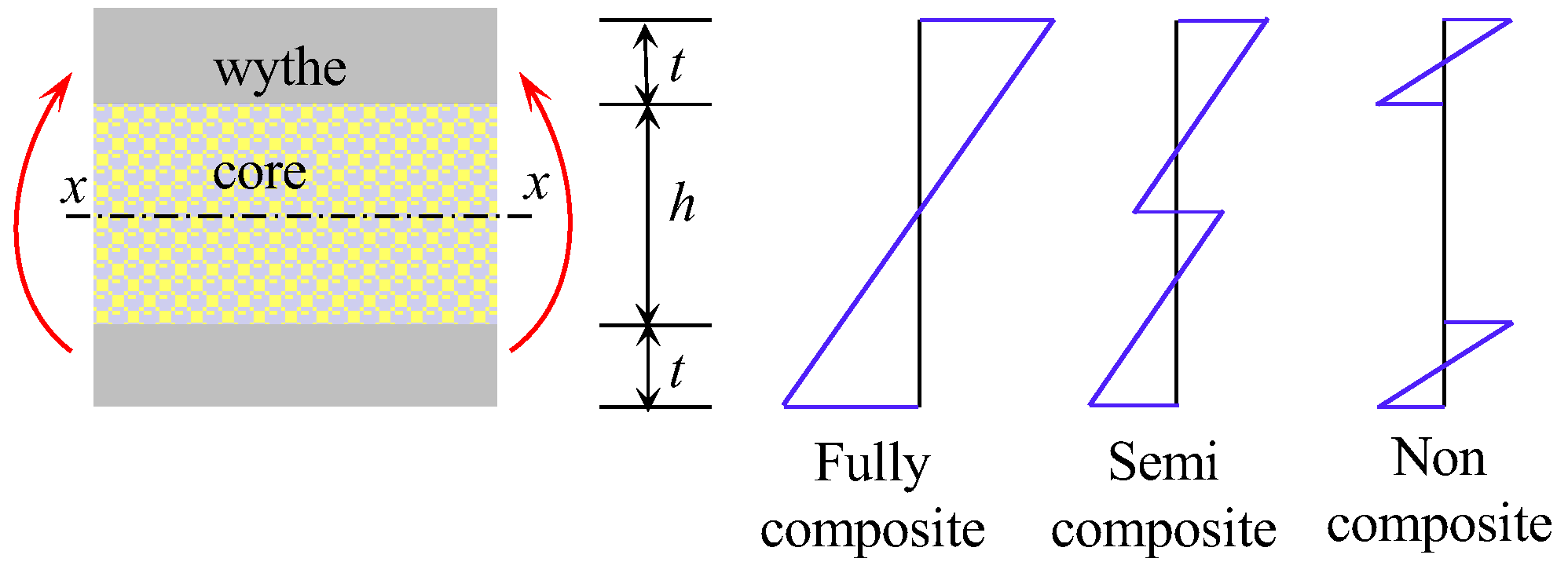
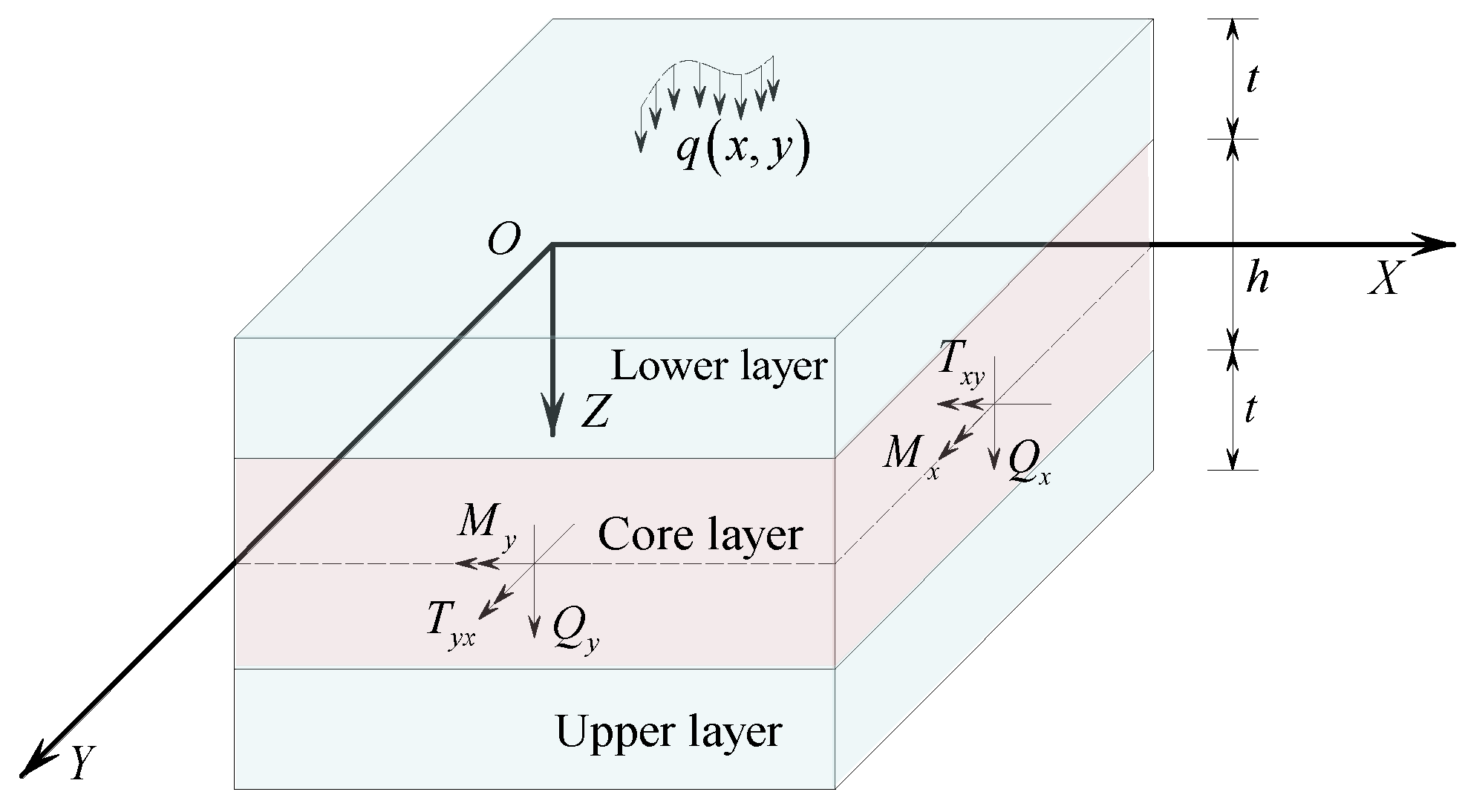
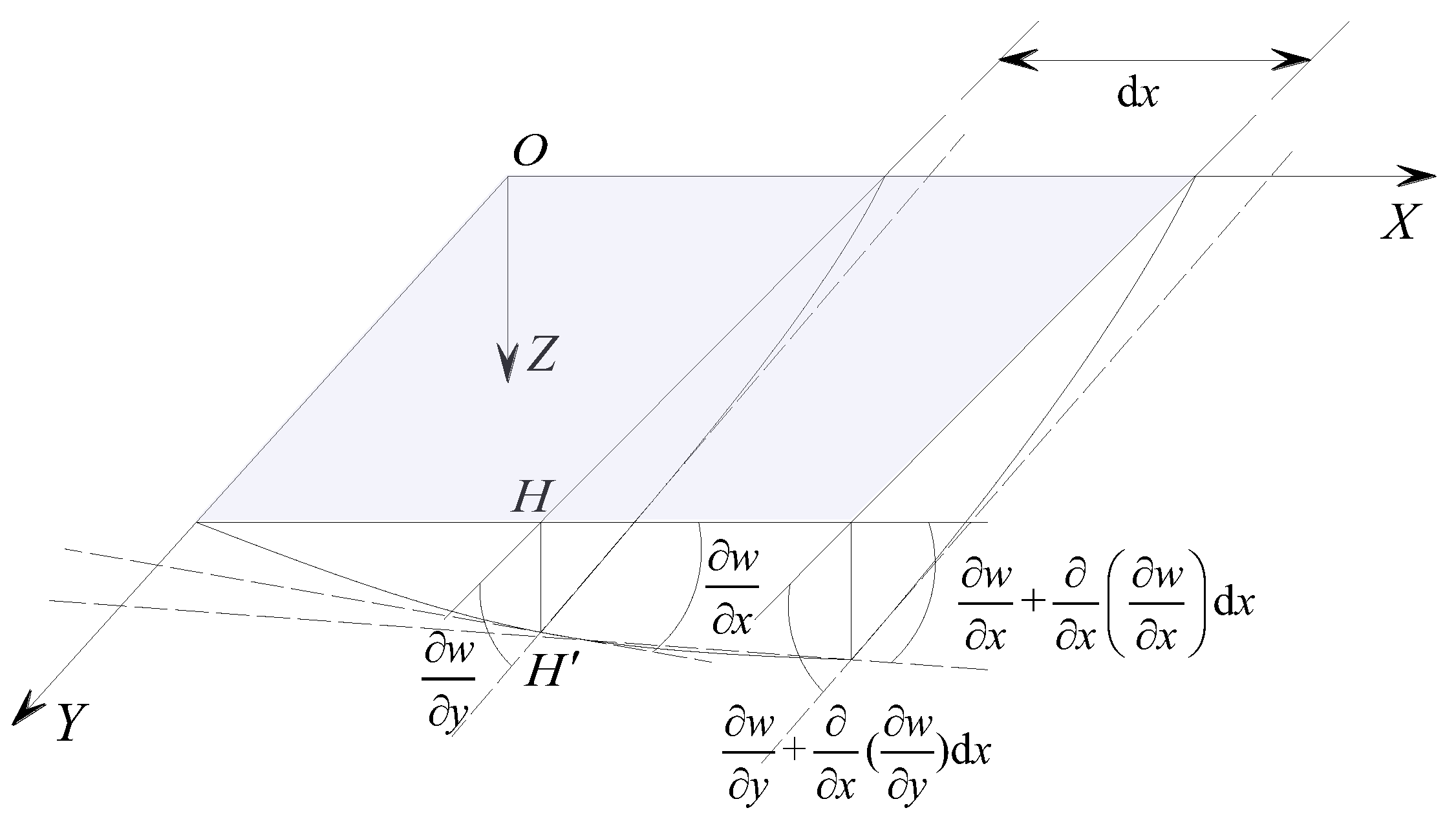
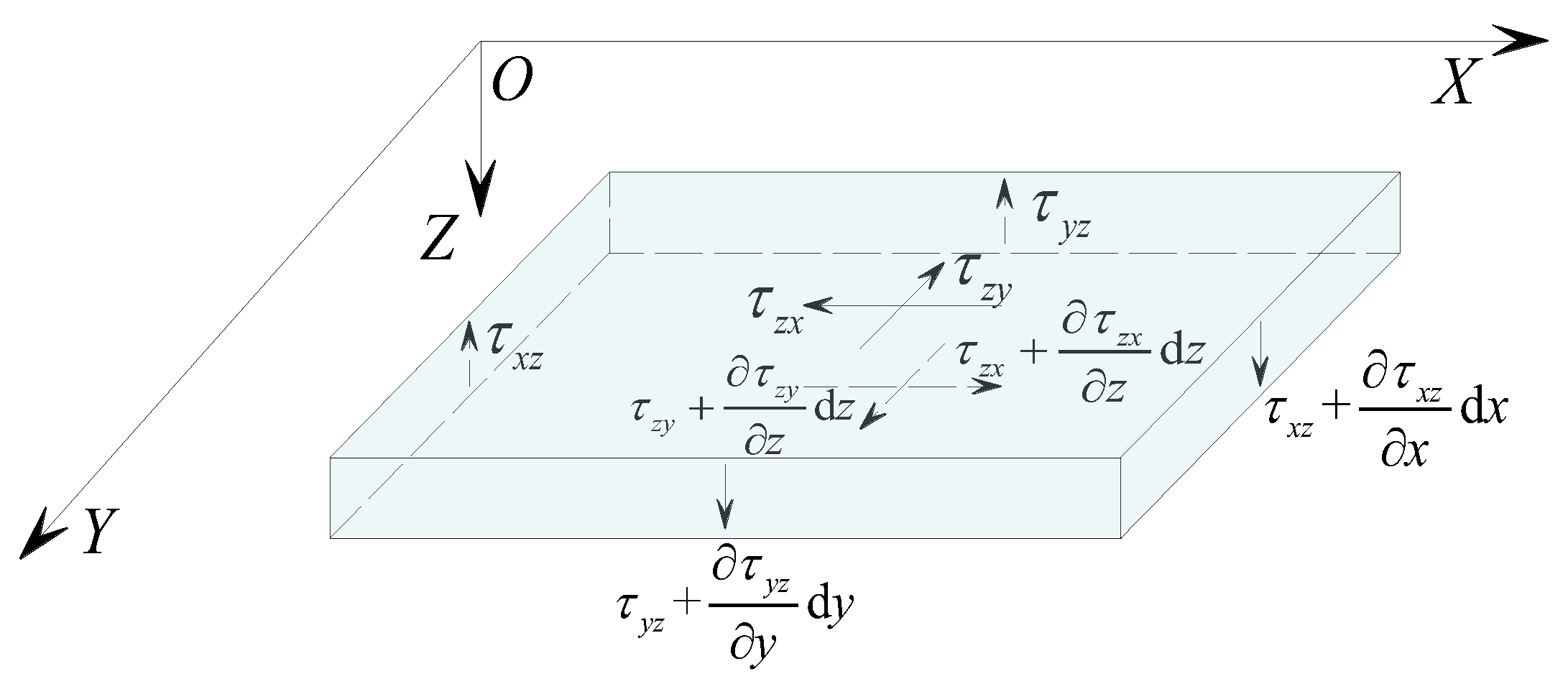
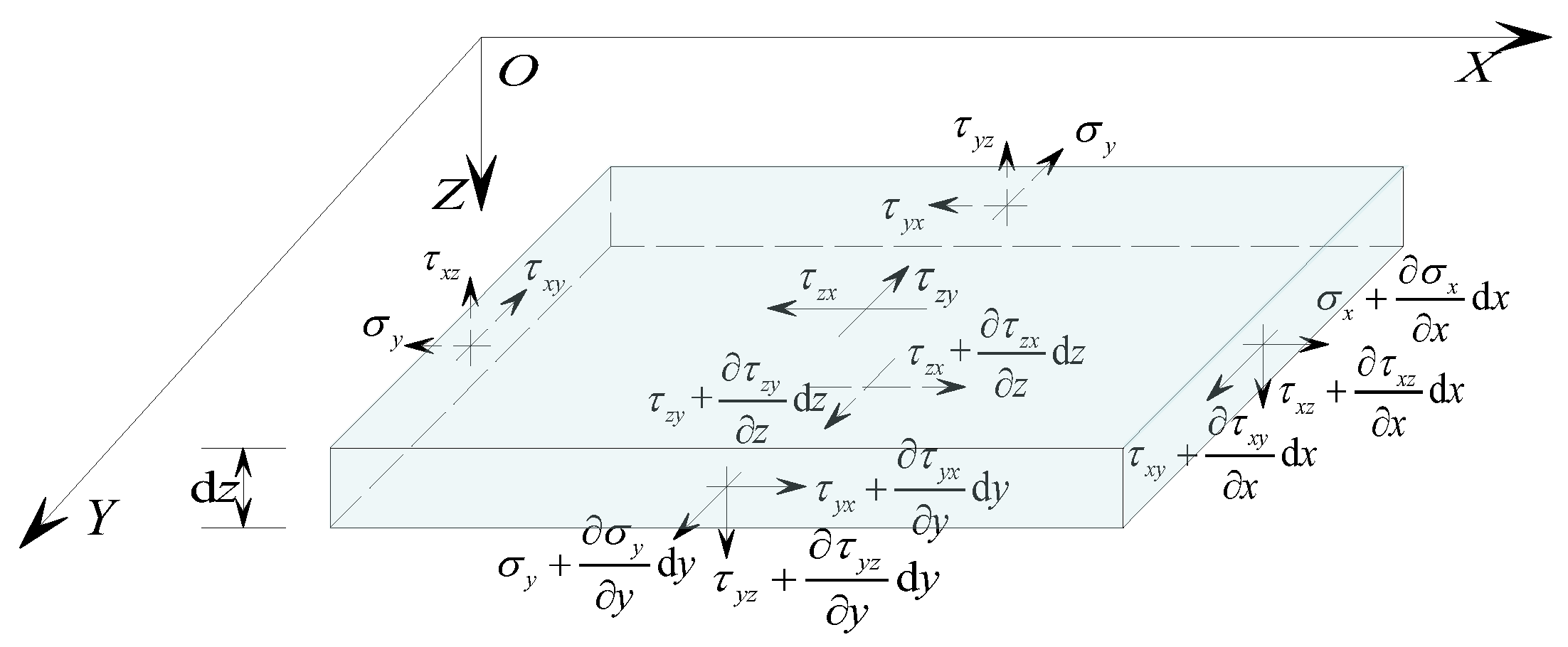

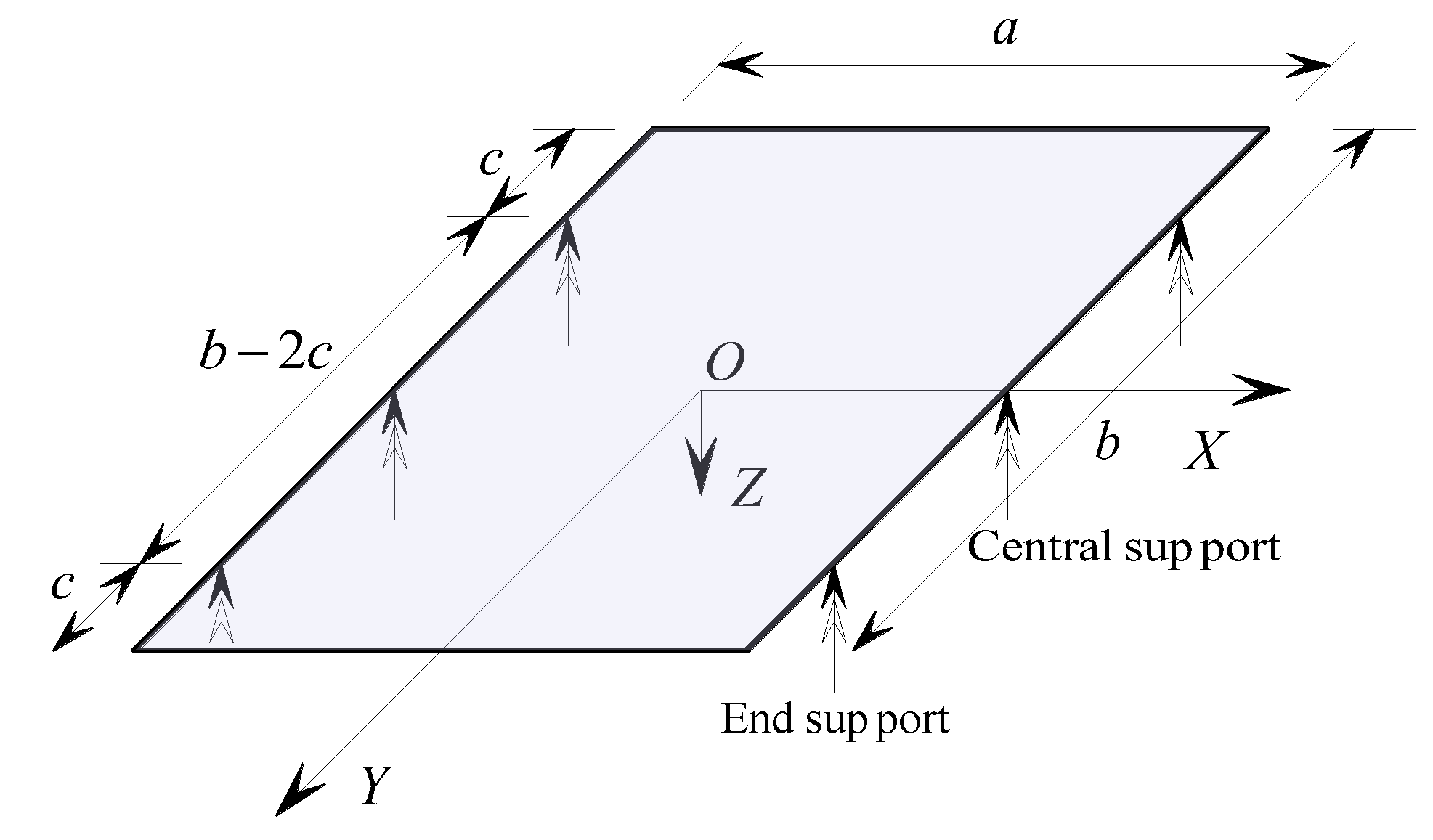

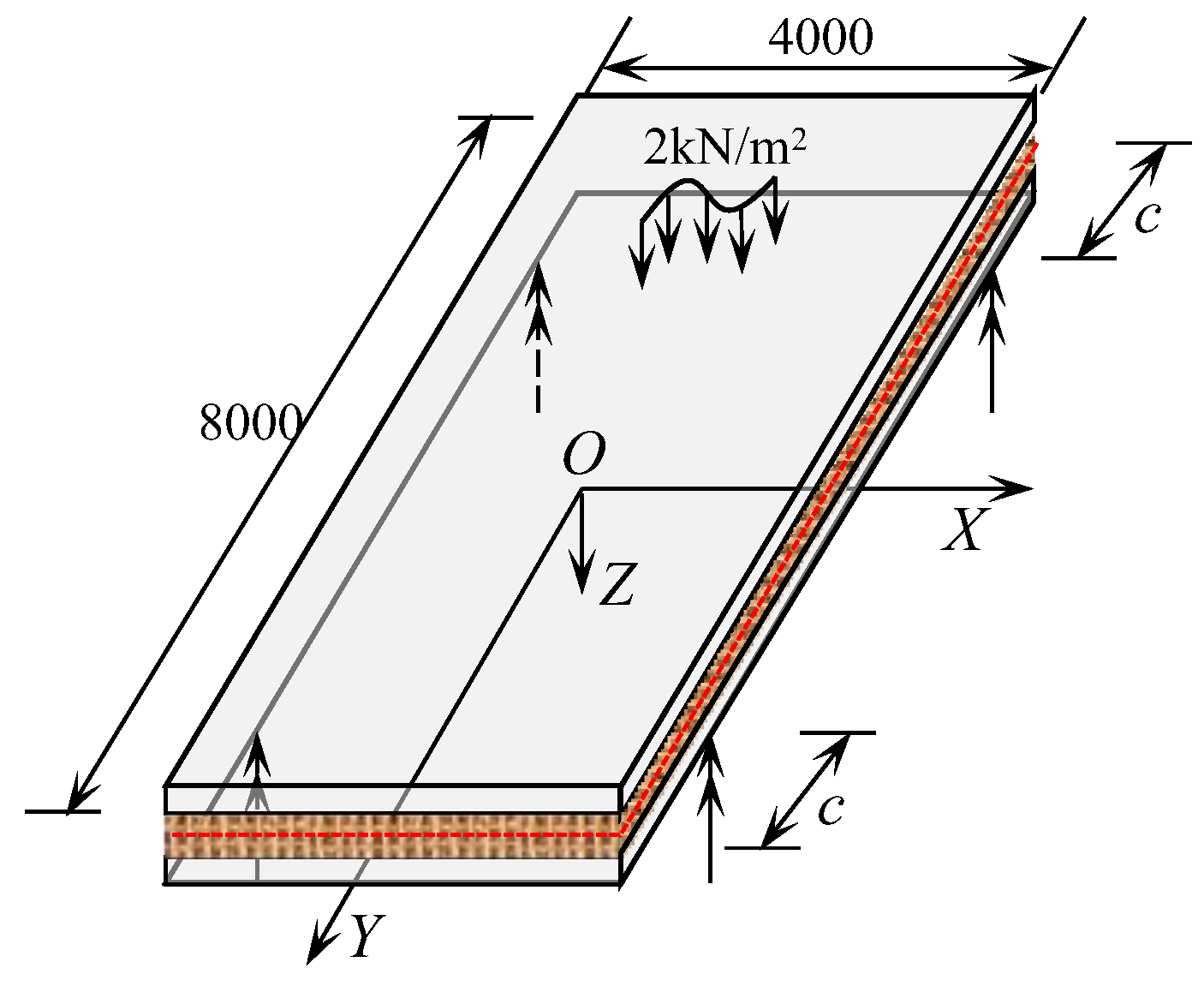
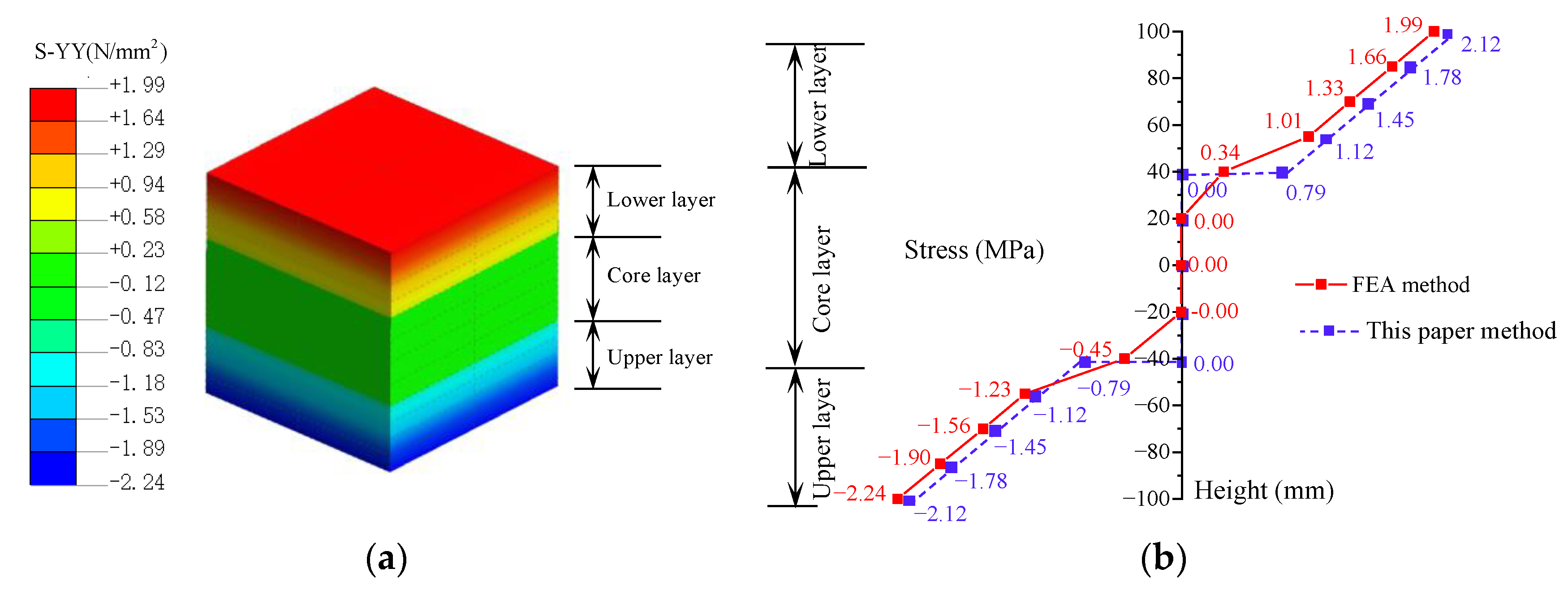
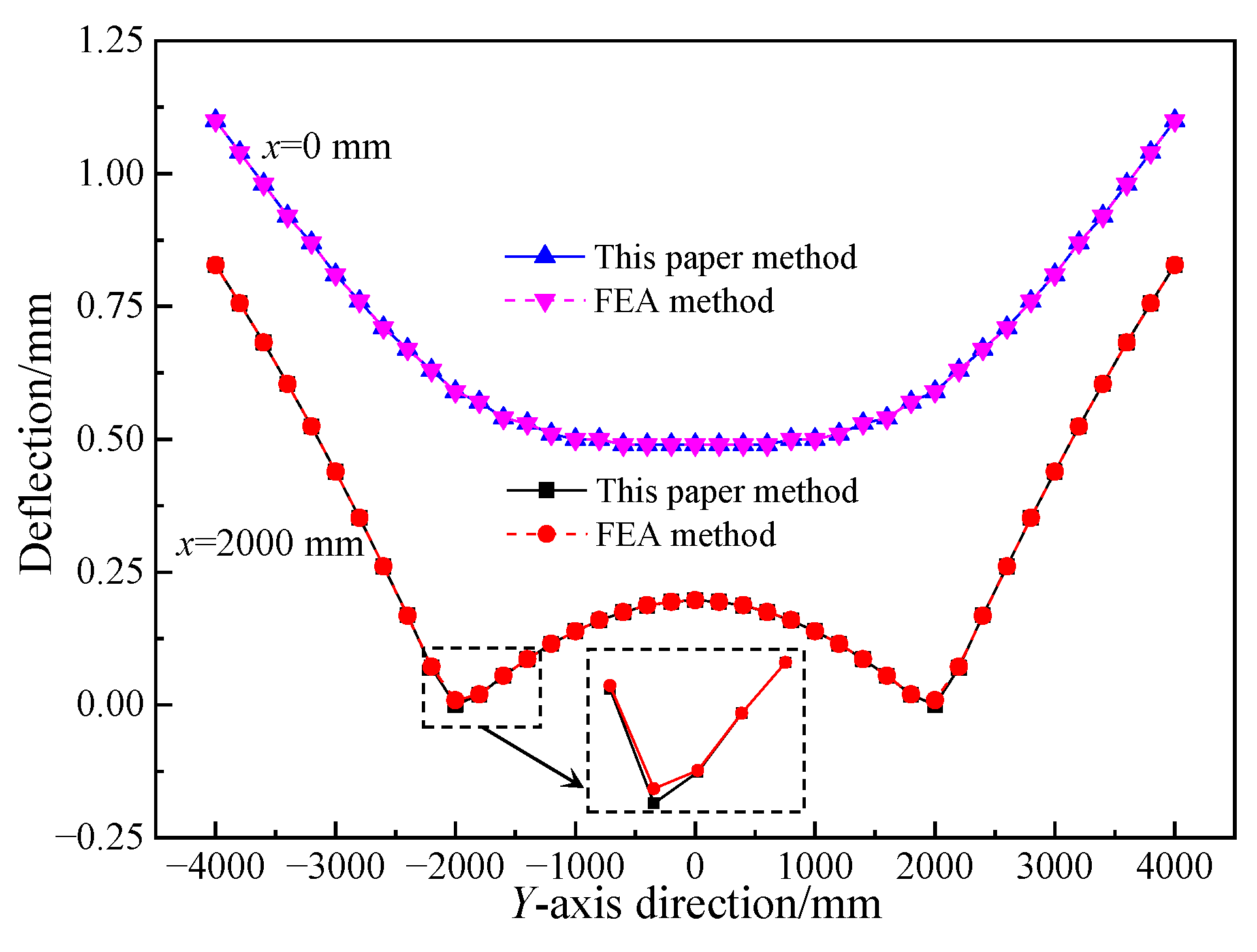

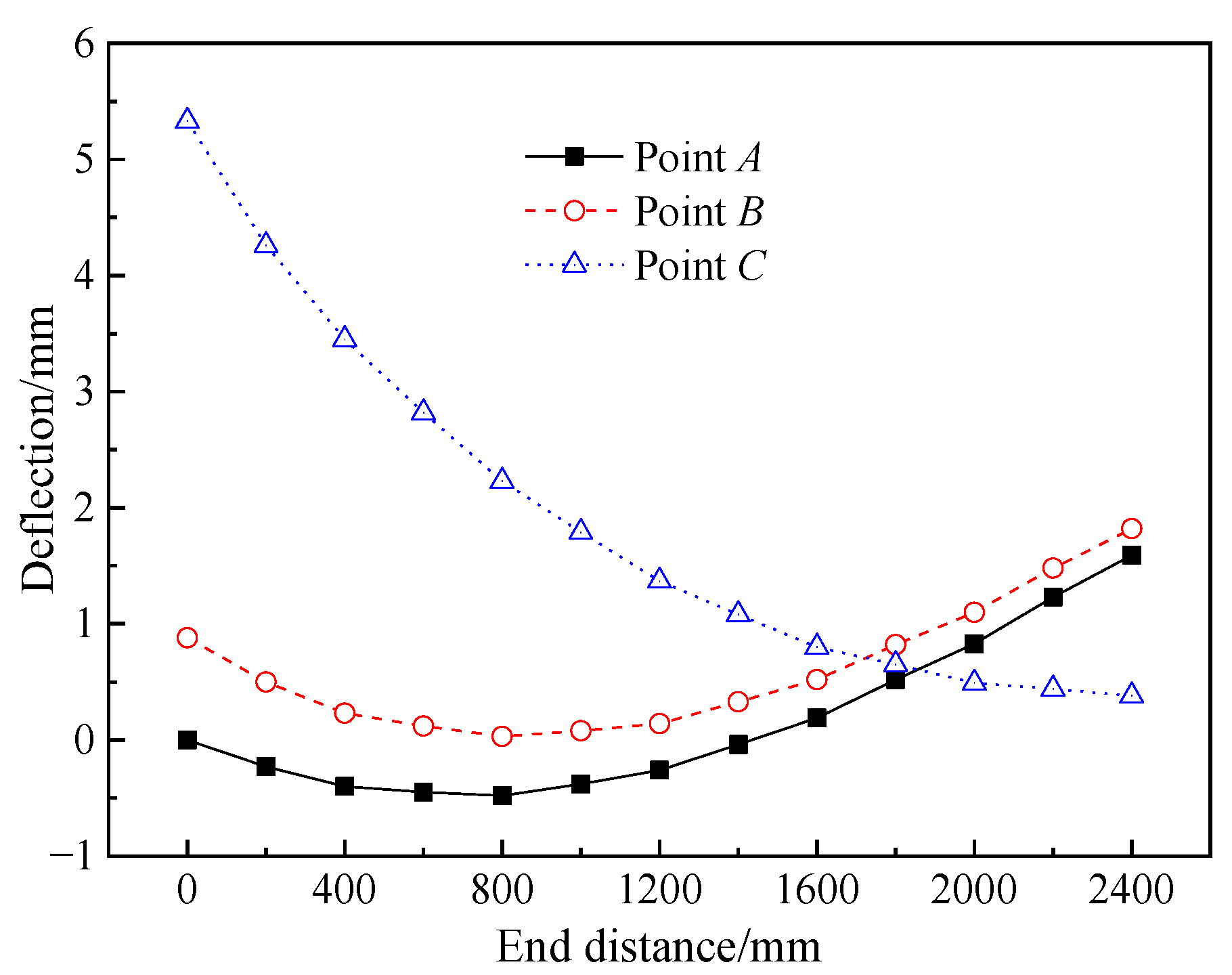
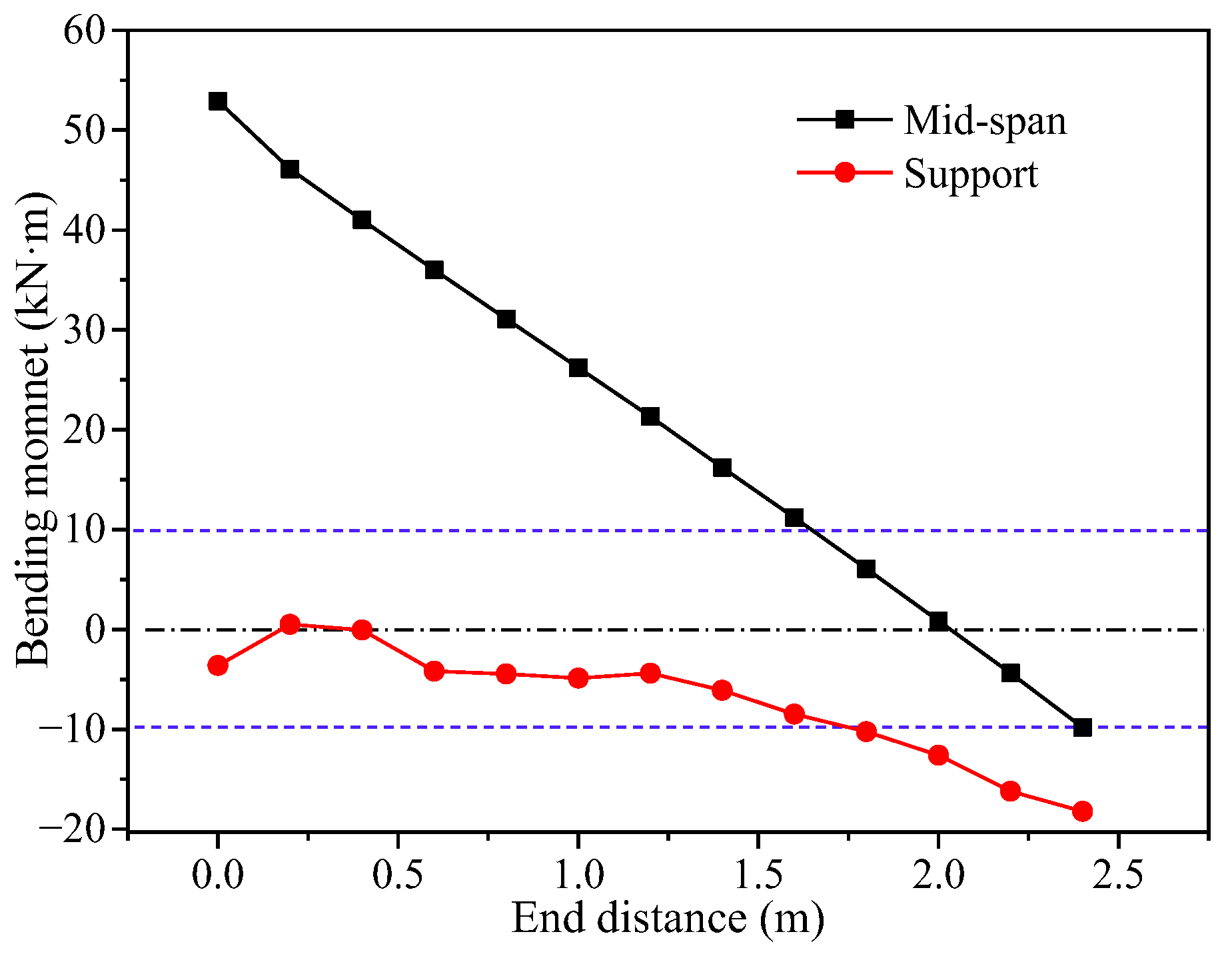
| Authors and References | Materials | Connector Type | Research Contents | |
|---|---|---|---|---|
| Wythe Layer | Core Layer | |||
| Benayoune et al. [3] | RC | XPS | Reinforced truss | Compression |
| Wang et al. [4] | RC | XPS | Reinforced truss | Wallboard seismic |
| Gara et al. [5] | RC | XPS | Z-reinforced | Compression |
| Cheng et al. [6] | RC | XPS | Reinforced; Shaped steel | Large-span roof |
| Liu et al. [7] | RC | XPS | Z-reinforced (BFRP) | Wallboard flexural |
| Kumar et al. [8] | RC | XPS | Hollow GFRP tubes | Flexural |
| Zheng et al. [9] | RC | EPS | Concrete ribs | Flexural |
| Zhao et al. [10] | RC | EPS | Z-reinforced | Wallboard seismic |
| Hou et al. [11] | RC | EPS | Reinforced truss | Wallboard flexural |
| Xu et al. [12] | RC | / | Reinforced truss | Construction stage |
| Huang et al. [13] | RC | XPS, EPS | Reinforced truss | Temperature effect |
| Kim et al. [14] | RC | XPS, EPS | Grid-type GFRP | Flexural |
| Xun et al. [15] | TRC | Foam concrete | Fabric mesh | Flexural; Shear |
| Yang et al. [16] | TRC | EPS mortar | / | Flexural by impact |
| Fu [17] | Steel wire concrete | XPS | Concrete cylinder | Flexural |
| Joseph et al. [18] | Steel wire concrete | EPS | Steel wires truss | Flexural |
| Lameiras et al. [19] | Steel fiber concrete | XPS | Z-reinforced (GFRP) | Compression bending |
| Xie et al. [20] | RA concrete | XPS | Z-reinforced (BFRP) | Flexural |
| Li et al. [21] | Fine stone concrete | XPS | Steel wire mesh | Flexural |
| Mugahed et al. [22] | Foam concrete | XPS | Reinforced truss | Flexural |
| Umer et al. [23] | Glass fabric | PVC foam | / | Flexural |
| Zhou et al. [24] | CFRP | PVC foam | Z-reinforced | Vibration |
| Ding et al. [25] | UHPC | XPS | Short UHPC columns | Flexural |
| Zhang et al. [26] | GFRP | XPS | Rivets | Flexural |
| Material Category | Volumetric Weight /kN·m−3 | Elastic Modulus /N·mm−2 | Poisson’s Ratio | Shear Modulus /N·mm−2 |
|---|---|---|---|---|
| Concrete | 25.00 | 3 × 104 | 0.20 | 1.25 × 104 |
| Extruded Polystyrene | 0.35 | 40 | 0.00 | 20 |
| Reinforcement | 78.50 | 2.06 × 105 | 0.30 | 7.92 × 104 |
Disclaimer/Publisher’s Note: The statements, opinions and data contained in all publications are solely those of the individual author(s) and contributor(s) and not of MDPI and/or the editor(s). MDPI and/or the editor(s) disclaim responsibility for any injury to people or property resulting from any ideas, methods, instructions or products referred to in the content. |
© 2024 by the authors. Licensee MDPI, Basel, Switzerland. This article is an open access article distributed under the terms and conditions of the Creative Commons Attribution (CC BY) license (https://creativecommons.org/licenses/by/4.0/).
Share and Cite
Cheng, M.-L.; Hu, G.-Z.; Wang, H.-Q. Study on Calculation Method of Bending Performance of Concrete Sandwich Composite Slab. Materials 2024, 17, 2591. https://doi.org/10.3390/ma17112591
Cheng M-L, Hu G-Z, Wang H-Q. Study on Calculation Method of Bending Performance of Concrete Sandwich Composite Slab. Materials. 2024; 17(11):2591. https://doi.org/10.3390/ma17112591
Chicago/Turabian StyleCheng, Mai-Li, Guo-Zhuang Hu, and Hong-Qi Wang. 2024. "Study on Calculation Method of Bending Performance of Concrete Sandwich Composite Slab" Materials 17, no. 11: 2591. https://doi.org/10.3390/ma17112591





